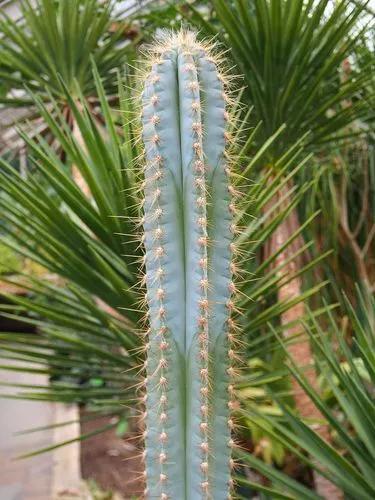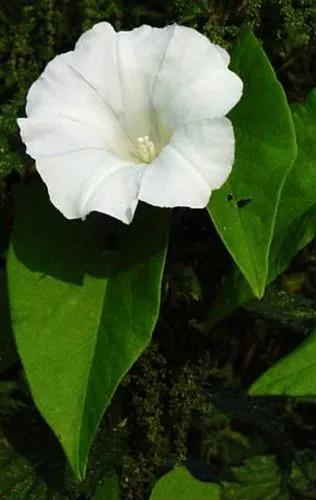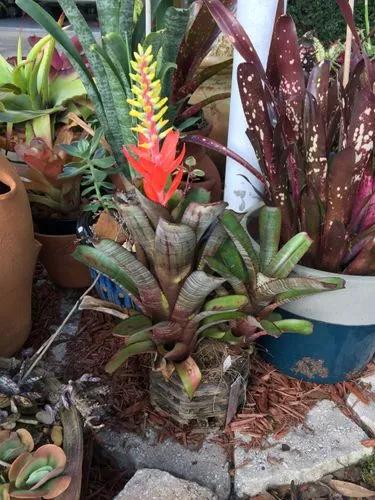Boneset is a resilient and versatile plant. It's the sturdy champion of the plant world, thriving in all sorts of soil, from sandy to clay, and it adores staying moist. In fact, it doesn't mind the occasional puddle. It's a star performer in soggy clay, making it perfect for rain gardens and woodsy oases.
Late Boneset Care
Eupatorium Perfoliatum


Boneset, or Eupatorium serotinum, is like nature's hidden gem, boasting dainty white flowers and intriguing greenery. Nurturing your indoor boneset can be a rewarding experience. Let's dive into a comprehensive guide on how to make it thrive.
How to Care for the Plant

Water

Boneset loves consistency, especially when it comes to moisture. Stick your finger about an inch deep into the soil. If it feels damp, you're golden. Don't let the soil turn into a desert, but don't be afraid of some temporary puddles either.

Pruning

Giving your Boneset a little haircut isn't a bad idea. Trim the plant in the cold season when it's feeling a bit worn out, or wait till spring and cut it nearly to the ground. If you're feeling adventurous, a summer pruning can give you a bushier, bloomy boneset. Deadheading won't bring more blooms, but it'll keep things tidy.

Fertilizer

Boneset doesn't need a lavish diet. It's quite content in moderately fertile soil. If you want to spoil it with a meal, a quarter-strength fertilizer in early spring after the frost melts is plenty.

Sunlight

Boneset is chill with a bit of shade but adores basking in full sunlight. The more sun, the merrier your boneset will be, showering you with blossoms.

Soil

This plant isn't too picky about soil types, but it leans towards sandy or clay-like soil. In sandy soil, just remember to be extra generous with the watering can, as sandy soils are notorious for their poor water-holding skills.

Propagation

To make more little Bonesets, go for seeds or divide the roots. Think of it like plant math. Every three years, do the division dance in either fall, when it's taking a nap, or in spring, when new shoots are popping up.

Temperature

Boneset may be a winter backseat driver since it loses its above-ground foliage. But it can handle chilly temperatures as low as -13°F (-25°C) without flinching. On the flip side, it's a tropical lover, thriving in hot and humid conditions.

Container

For the potted boneset experience, go big or go home with a pot at least 12 to 15 inches (30_38 cm) wide. Ensure it has some breathing room with those handy drainage holes. A happy Boneset lives in a place that stays moist and well-ventilated.

Fun fact

Did you know that Boneset's white flowers not only look lovely but smell delightful too? These sweet clusters aren't just a treat for your eyes; they can spruce up your floral arrangements, fresh or dried.

Popularity

509 people already have this plant 53 people have added this plant to their wishlists
Discover more plants with the list below
Popular articles






